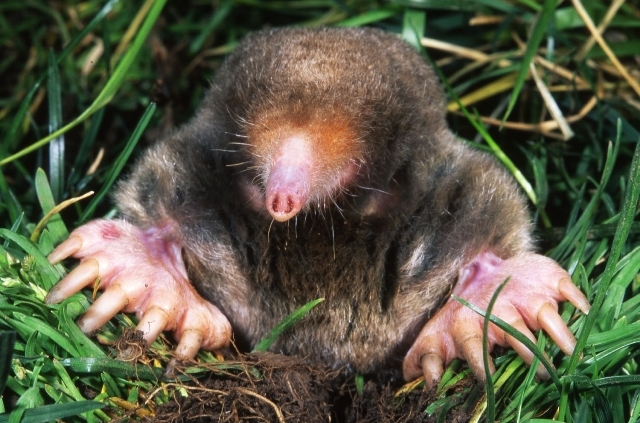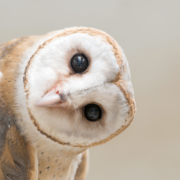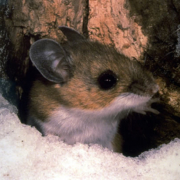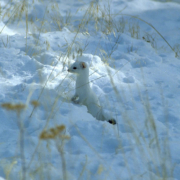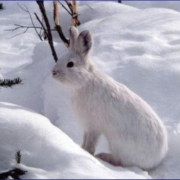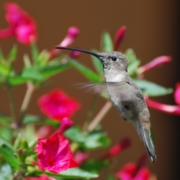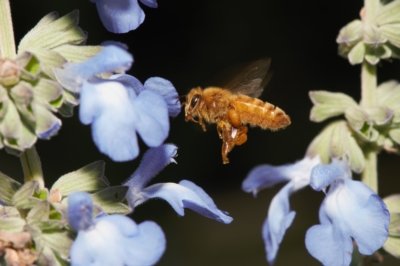The Soil is Alive!
This is the second in a series of blog posts about soil.
We often think of soil as nothing more than “the dirt beneath your feet,” but soil is much more complex than that. There’s a whole other world of living creatures beneath our feet!
Soils provide habitat for a rich, dynamic ecosystem for organisms ranging from microscopic bacteria and protozoa, to fungi and plant roots, to insects, worms, mites, and other invertebrates, and even subterranean vertebrates like moles.
Most soil organisms live in the top few inches of soil, where oxygen and nutrients are most readily available, though a few microorganisms (like anaerobic bacteria) occur at lower depths.
Soil is more than just a home for these organisms, however. Many of these organisms can benefit the plant community growing above it by improving the availability of nutrients and organic compounds. Symbiotic bacteria known as Rhizobia, for example, can “fix” nitrogen from the air and convert it to a form that plants can use, in exchange for essential minerals and sugars supplied by roots of leguminous plants. Soil organisms that decompose organic matter also break down complex organic molecules into nutrients that plants can use.
Soil organisms affect plant growth in other ways. Tunneling creatures like moles and worms move the soil around, which aerates it, improves drainages, and creates easier routes for root growth. Some microorganisms can stimulate plant growth by releasing special hormones.
Sometimes soil organisms can negatively impact the plant ecosystem above. For example, subterranean herbivores like voles and white grubs can impact plant growth by feeding on roots, and soil pathogens like wilt-causing fungi can harm or kill plants. Fortunately these species are kept in check by other creatures higher on the food chain.
So the next time you plant your garden, you can thank all those soil organisms for helping your plants grow!
